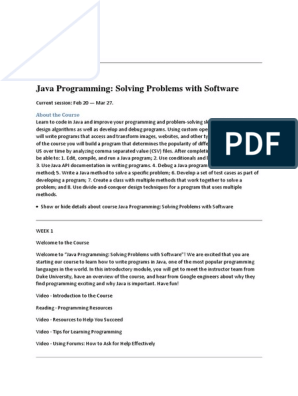0% found this document useful (0 votes)
51 views31 pagesFinal Project
This document describes a project to design and implement a COVID-19 vaccination system website. The website aims to streamline the vaccination process by managing patient information, prioritizing vaccination queues, and ensuring timely delivery of vaccine doses. It allows new patients to register and provides a system to track vaccination status of existing patients and facilitate administering second doses. The website offers an intuitive interface for patients to provide registration details securely stored in a centralized database.
Uploaded by
murtida33Copyright
© © All Rights Reserved
We take content rights seriously. If you suspect this is your content, claim it here.
Available Formats
Download as PDF, TXT or read online on Scribd
0% found this document useful (0 votes)
51 views31 pagesFinal Project
This document describes a project to design and implement a COVID-19 vaccination system website. The website aims to streamline the vaccination process by managing patient information, prioritizing vaccination queues, and ensuring timely delivery of vaccine doses. It allows new patients to register and provides a system to track vaccination status of existing patients and facilitate administering second doses. The website offers an intuitive interface for patients to provide registration details securely stored in a centralized database.
Uploaded by
murtida33Copyright
© © All Rights Reserved
We take content rights seriously. If you suspect this is your content, claim it here.
Available Formats
Download as PDF, TXT or read online on Scribd
/ 31
























































































